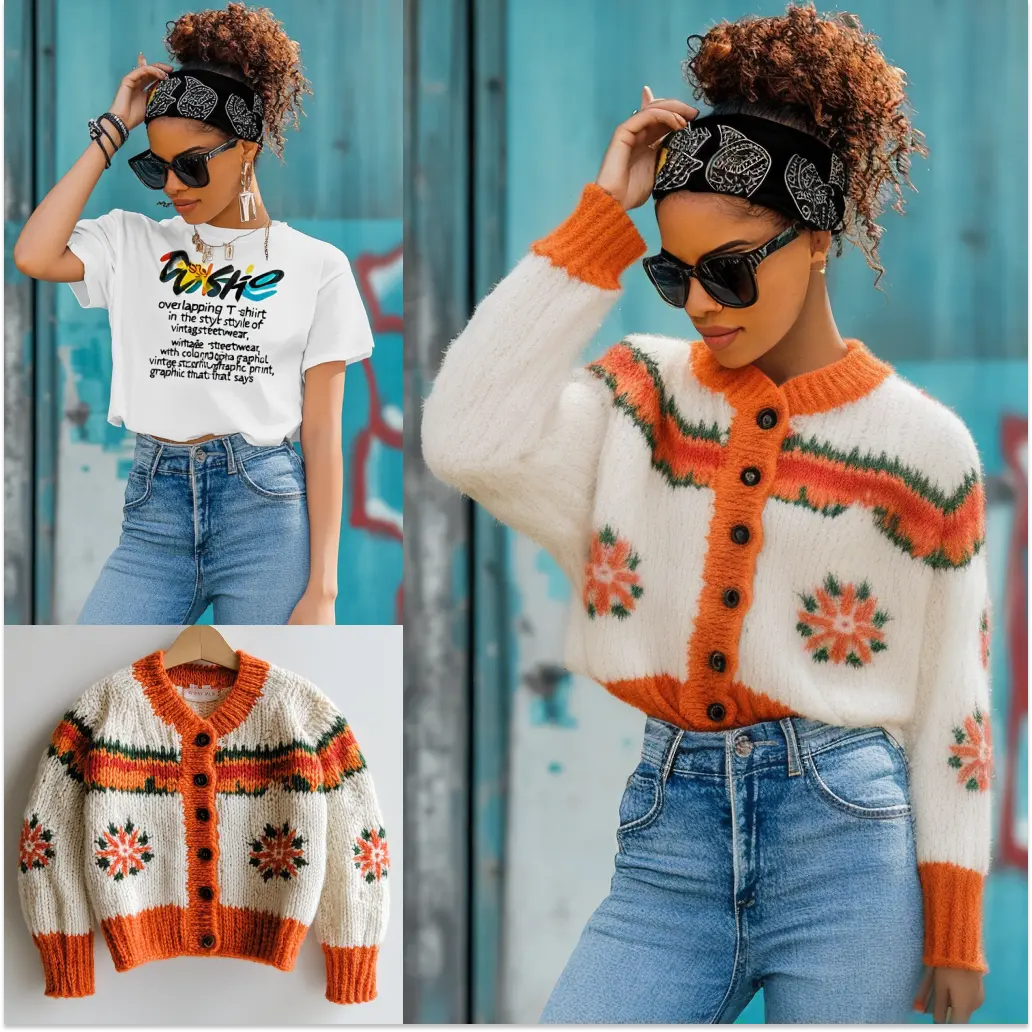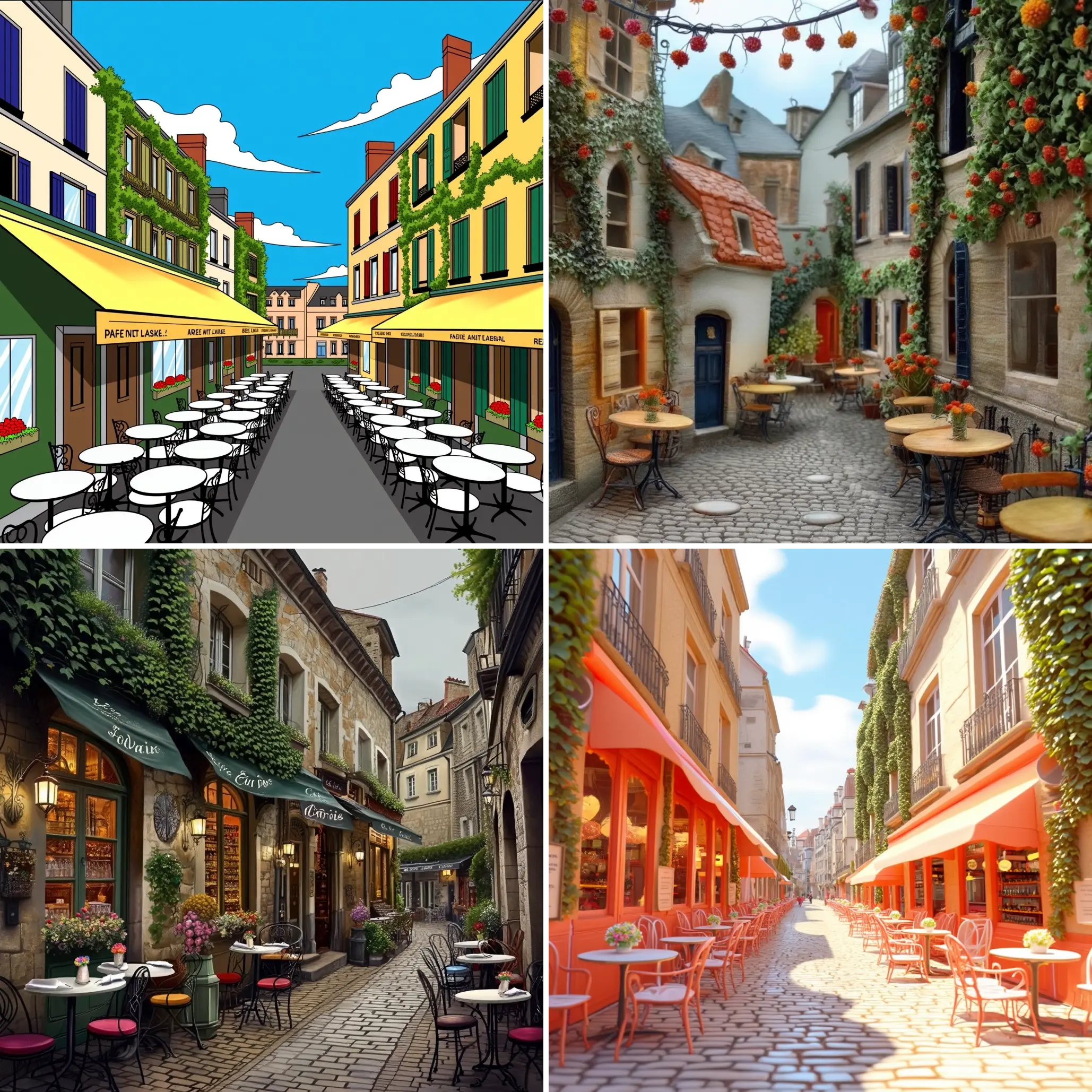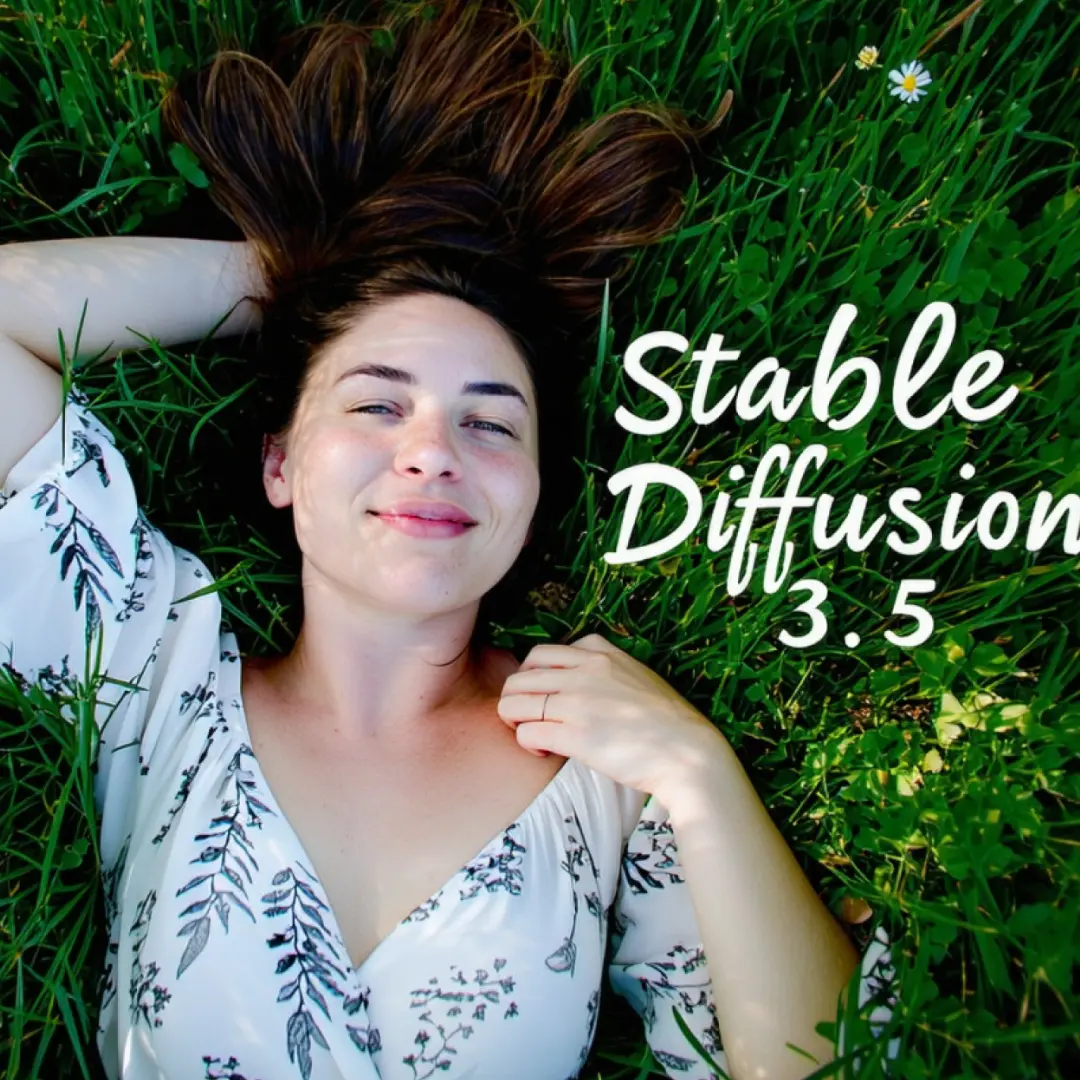ComfyUI Node: Text Image Filter
Text Image Filter
Categoryimage_filter
chrisgoringe (Account age: 4350days)Extension
Image FilterLatest Updated
2025-04-01Github Stars
0.04K
How to Install Image Filter
Install this extension via the ComfyUI Manager by searching for Image Filter- 1. Click the Manager button in the main menu
- 2. Select Custom Nodes Manager button
- 3. Enter Image Filter in the search bar
Visit ComfyUI Online for ready-to-use ComfyUI environment
- Free trial available
- 16GB VRAM to 80GB VRAM GPU machines
- 400+ preloaded models/nodes
- Freedom to upload custom models/nodes
- 200+ ready-to-run workflows
- 100% private workspace with up to 200GB storage
- Dedicated Support
Text Image Filter Description
Enhance workflow by filtering images based on text and metadata, offering flexibility and tailored output.
Text Image Filter:
The Text Image Filter node is designed to enhance your workflow by allowing you to pause and make decisions about which images to pass on to subsequent stages. This node is particularly useful when you need to incorporate textual information or additional metadata into your image processing pipeline. It provides a streamlined interface to manage images and associated text, offering flexibility in handling extra data fields. By integrating text and image data, this node facilitates a more comprehensive approach to image filtering, enabling you to tailor the output based on specific textual inputs or conditions. This capability is especially beneficial in scenarios where image selection is contingent upon textual criteria or when additional context is required for image processing tasks.
Text Image Filter Input Parameters:
image
This parameter accepts an image input, which is the primary data that the node will process. The image serves as the basis for any filtering or selection operations that the node performs. There are no specific minimum or maximum values for this parameter, as it is dependent on the image data you provide.
text
The text parameter allows you to input a string of text that can be associated with the image. This text can be used to influence the filtering process or to provide additional context for the image. The default value is an empty string, and there are no specific constraints on the text content.
timeout
This integer parameter specifies the maximum time, in seconds, that the node will wait for a response or action before proceeding. The default value is 60 seconds, and it ensures that the node does not hang indefinitely if a response is delayed. The timeout can be adjusted to suit the needs of your workflow.
mask
An optional parameter that allows you to overlay a mask on the image. This can be used to highlight or focus on specific areas of the image during processing. If provided, the mask will be incorporated into the output. There are no default values, as this parameter is optional.
tip
This optional string parameter provides a tooltip or message that can be displayed in a popup window. It is useful for conveying additional information or instructions related to the image or text. The default value is an empty string.
extra1
An optional string parameter that can be used to pass additional data or metadata along with the image and text. The default value is an empty string, and it can be customized to fit the specific needs of your workflow.
extra2
Similar to extra1, this optional string parameter allows for the inclusion of additional data or metadata. It also defaults to an empty string and can be tailored to your requirements.
extra3
This is another optional string parameter for passing extra data or metadata. Like the previous extra parameters, it defaults to an empty string and offers flexibility in handling supplementary information.
textareaheight
An optional integer parameter that defines the height of the text area in pixels. This can be adjusted to improve the readability or presentation of the text input. The default value is 150 pixels, with a minimum of 50 and a maximum of 500 pixels.
Text Image Filter Output Parameters:
image
The image output is the processed image that results from the filtering operation. It reflects any changes or selections made based on the input parameters and is ready for further processing or analysis.
text
This output returns the text associated with the image, which may have been modified or used in the filtering process. It provides context or additional information related to the image.
extra1
The extra1 output returns any additional data or metadata that was passed through the node. It allows for the continuation of supplementary information in the workflow.
extra2
Similar to extra1, this output provides any extra data or metadata that was included in the node's processing. It ensures that all relevant information is retained and available for subsequent nodes.
extra3
This output returns the third set of additional data or metadata, maintaining the integrity of the information flow through the node.
Text Image Filter Usage Tips:
- Utilize the
textparameter to add context or criteria for image selection, which can enhance the decision-making process in your workflow. - Adjust the
timeoutparameter based on the expected response time of your system to prevent unnecessary delays or interruptions. - Use the
maskparameter to focus on specific areas of an image, which can be particularly useful in tasks that require attention to detail or specific regions.
Text Image Filter Common Errors and Solutions:
Timeout Error
- Explanation: This error occurs when the node exceeds the specified timeout period without receiving a response.
- Solution: Increase the
timeoutparameter value to allow more time for processing, or check the system for any delays that might be causing the timeout.
Missing Image Input
- Explanation: This error happens when no image is provided to the node, which is required for processing.
- Solution: Ensure that a valid image is connected to the
imageinput parameter before executing the node.
Invalid Mask Format
- Explanation: This error arises when the mask provided is not in a compatible format or is corrupted.
- Solution: Verify that the mask is correctly formatted and compatible with the node's requirements, and try re-uploading or reformatting the mask if necessary.
Text Image Filter Related Nodes
RunComfy is the premier ComfyUI platform, offering ComfyUI online environment and services, along with ComfyUI workflows featuring stunning visuals. RunComfy also provides AI Playground, enabling artists to harness the latest AI tools to create incredible art.




